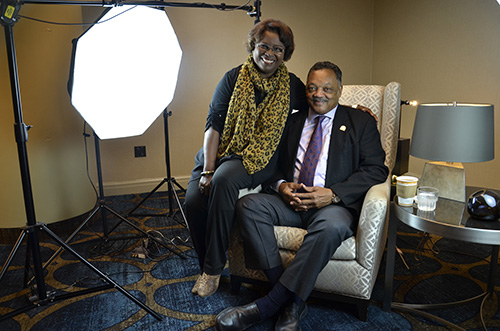Boy in a bubble
A white colleague tells me about the time his high school football team invited some black kids practicing in a nearby field to play a game of scrimmage. The white coaching staff contravened. He tells about the time he referred to a black female as “that lady” and his father, a physician, corrected him, “That’s not a lady, son. That’s a woman.”
I tell my colleague about the time my high school principal disapproved the band we’d picked for our senior prom because one of its members was black. I tell him that when I was in first grade, I asked permission to bring a black classmate home for dinner and was advised that my mother’s family would go ballistic if they found out she’d seated a negro at her dining room table.
But the era made no lasting impression. My attention was elsewhere.
I was the child of Deep South, middle class, high school-educated white people whose circle of friends was drawn exclusively from their own demographic. My coeducational exposure, such as it was, to the black community ended when I transferred to the local “white flight” academy in 7th grade, at which point it effectively faded from view. Out of sight, out of mind.
Running camera this week and next for the Upcountry History Museum’s Civil Rights oral history project, I play a quiet, covert game of catch-up. The first-hand accounts of white behavior, considered contextually excusable in some quarters even today, and the black struggle, considered overblown in those same quarters, leave me shaking my head in disbelief.
“Those were our peeps,” I whisper to my colleague during one interview. Our peeps who filled the community pool first with seals and then with concrete to keep blacks from swimming in it. Our peeps who charged blacks waiting to be served at the local lunch counter with unlawful assembly, who arrested other blacks for entering the whites-only “public” library, who fed them dog food in the city jail.


